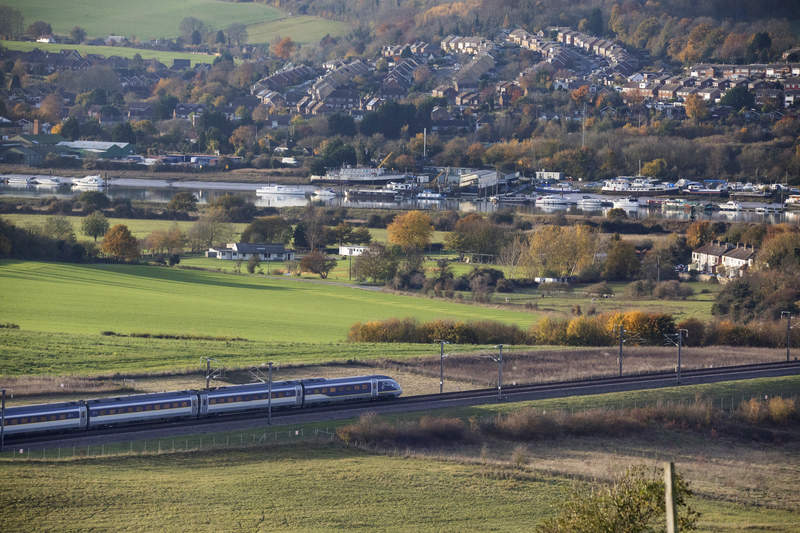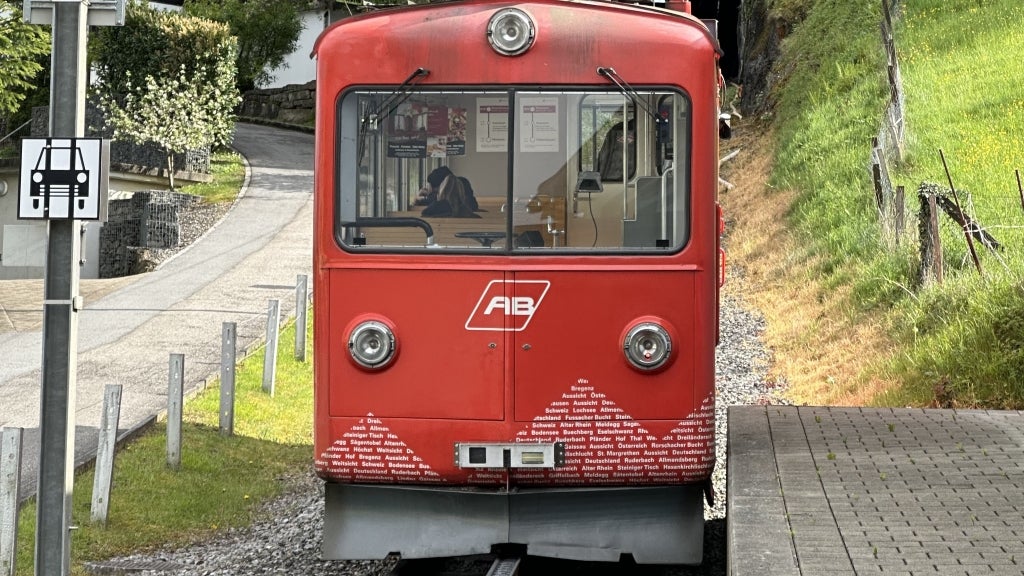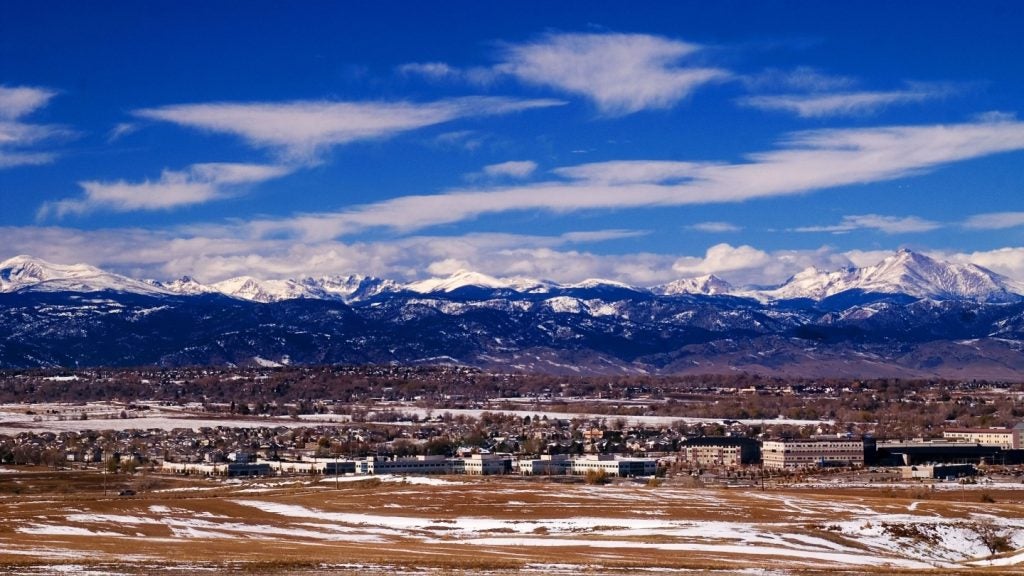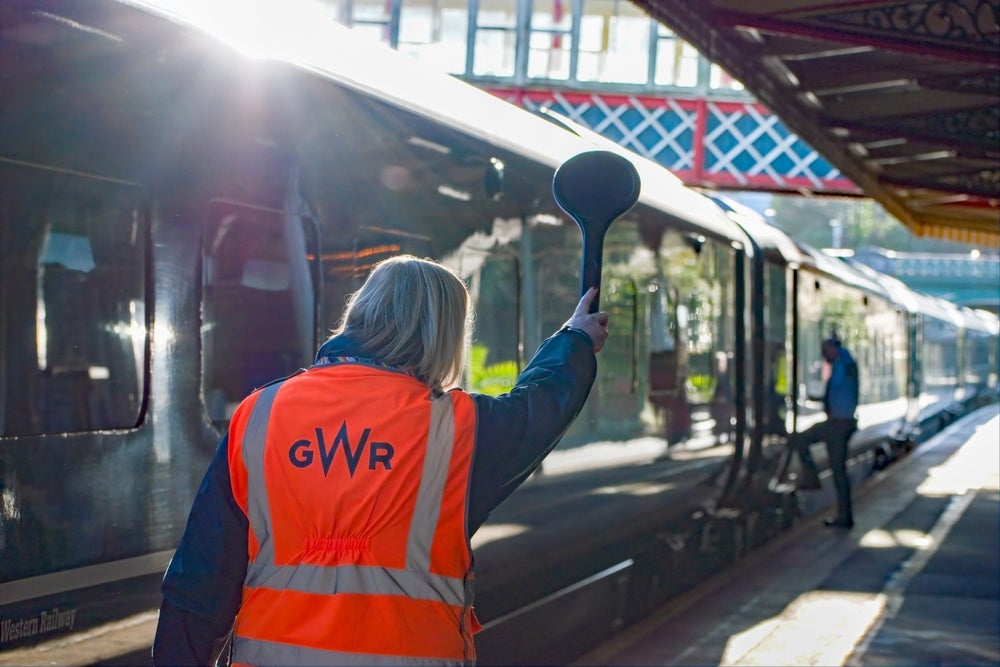
Worldwide, the air industry is one of the fastest growing sectors, with increasingly competitive offerings in terms of destinations, cost and flexibility. Huge profits also permit airlines to further invest in passenger-friendly services, infrastructure and technology.
But while air transport dominates the long-haul travelling market, on shorter distances, more and more passengers seem to be inclined to opt for the train instead.
Bloomberg analysis has recently shown that, on key routes in Asia and Europe, high-speed railways (HSR) and air travel are neck and neck.
The reasons are quite easy to grasp. Firstly, when taking into consideration what flying entails – travelling from home to the airport, time spent in check-in and security, as well as additional transport and baggage pickup– taking the train offers big overall travel time savings.
Then, there is the cost: although high-speed rail travel is seldom cheap, particularly on modern, latest generation services, booking a ticket in advance and using a railcard can turn out to be more budget-friendly than many airlines.
What’s more, for those passengers who are conscious of their environmental footprint, research has repeatedly shown that train travel is the least polluting way to cover long distances: a train generates up to ten times less CO2 than an airplane, according to Rail Europe. The International Transport Forum reports that the average CO2 emissions of high-speed trains in Europe per passenger/km stand at less than 17g, compared with 153g for planes.
How well do you really know your competitors?
Access the most comprehensive Company Profiles on the market, powered by GlobalData. Save hours of research. Gain competitive edge.

Thank you!
Your download email will arrive shortly
Not ready to buy yet? Download a free sample
We are confident about the unique quality of our Company Profiles. However, we want you to make the most beneficial decision for your business, so we offer a free sample that you can download by submitting the below form
By GlobalDataThe last selling point is often the sheer convenience of leaving and arriving in a fully connected train station right at the heart of your chosen city, rather than on the outskirts of your destination.
These and other factors mean that today, 80% of people choose to travel by high-speed trains on journeys of less than two and a half hours, according to the International Union of Railways (UIC).
London – Paris – Brussels
Since its opening in 1994, the Eurostar has become a symbol of fast, comfortable and uncomplicated transnational rail journey. With a daily schedule of 14 trains to Paris and ten to Brussels, and tickets starting at little more than €50, passengers can get from one city centre to the next in just two hours.
In fact, the itinerary qualifies among the 14 major European travel routes on which travelling by train is unequivocally faster, as identified by travel platform GoEuro.
Taking the train from Brussels to London can slash three hours and 18 minutes off the total journey time compared to flying, while London to Paris saves one hour and 41 minutes.
The service is reporting strong year-on-year growth. After a difficult period in 2016 when passenger numbers dipped in the aftermath of terrorist attacks in Europe, a boost in demand from passengers outside the EU last year put the service back on track.
In addition to time and cost savings, the Eurostar also advertises its green credentials. According to the company’s statistics, a Eurostar journey from London to Paris already emits 90% less greenhouse gas than the equivalent short haul flight, and produces less carbon per passenger than a single car journey from central London to Heathrow Airport. In January, the service revealed its new environmental targets in line with the 2016 Paris Climate Agreement.
Madrid – Barcelona
The rapid ascent of rail popularity and the strong competitive threat it poses to airlines is nowhere more clearly displayed than in the history of the HSR line between Madrid and Barcelona, Spain’s most popular high-speed train route.
In 2007, less than one year before the line’s opening, Madrid–Barcelona was the busiest air route in Europe, according to Eurostat data. This was partly because the route was served by old, slow trains making the journey in five and a half hours. That year, passenger numbers between Barcelona and Madrid peaked at almost five million, while the rail service carried only 800,000 passengers.
Shortly after its inauguration, the HSR took more than half of the business travel market on the corridor, and forced Spanish airline Iberia to downsize to smaller aircraft. In the first year after the HSR launch, air travel was reportedly down 27% compared with the previous year.
Today, trains run at a frequency of 18 per day, reducing the journey to only two and a half hours. Once in Barcelona, the line is further connected with the Perpignan–Barcelona HSR line into France, opening up the wider European high-speed network.
In February, Spain’s Minister of Public Works Iñigo de la Serna announced plans for a brand new smart train service, branded EVA (the reversal of the current system known as AVE), that is aimed at a “younger generation who generally make the journey by coach”.
The new service, expected to open in 2019, will charge fares of 20% to 25% lower than the current AVE line. Only electronic tickets will be sold and these will include all connecting services selected by the passenger, such as metro or commuter rail connections, taxis or car rental.
Milan – Rome
The journey between Milan and Rome is a busy corridor for tourists and commuters alike, served by the 320km/h Frecciarossa, Italy’s fastest trains.
Leaving Rome’s central station, the frequent Alta Velocità (AV) trains complete the journey to Milan in just under three hours – that’s one hour less than flying from the capital.
As of February of this year, the HSR link is expanding to the capitals of Umbria and Lombardy, when new trains will be launched to serve Florence, Bologna, Turin and Perugia.
Beijing – Shanghai
The high-speed line connecting two of China’s major economic zones was opened in 2011 in order to ease congestion from the 1,464km Beijing–Shanghai main railway line.
Shortly after inauguration, a fatal crash in the southern Chinese city of Wenzhou forced authorities to set its maximum speed at 300km/h.
However, in September last year, the maximum speed was increased to 350km/h, in line with its initial design, and the announcement was made that China’s latest generation Fuxing bullet trains will operate on the corridor. The speed increase cuts the journey between Beijing and Shanghai to four hours and 28 minutes – just half an hour longer than flying there.
An online check performed on 7 February revealed that train ticket prices start at $88 for standard class, compared with $115 for budget flights listed on Skyscanner.
Although it still takes longer than flying, the train line’s popularity is undeniable.
According to news agency Xinhua, the Chinese rail authority is expecting 390 million passengers this year during the 40-day Spring Festival known as ‘chunyun’, when many families travel home.
New York – Washington
For those wanting to travel between New York and Washington, the most common advice found online is to take the Acela Express, a train designed to travel at maximum 241km/h, getting there in three and a half hours.
Despite its speed capabilities, more often than not, bottlenecks along the Northeastern Corridor force trains to routinely slow down to 160km/h. Still, the Acela carried just under 3.5 million passengers in 2016, and during the 13 years since it began operating, it has been attracting a solid share of travellers from airlines.
However, a spate of fatal accidents on the network in recent years has weakened Amtrak’s popularity, with concerns being raised regarding its operational and safety standards.
Now, the rail operator is preparing to launch the Avelia Liberty trainsets in 2021. The new fleet will consists of 28 next-generation, high-speed trains built by Alstom. Developers promise it will carry up to 33% more passengers than the current Acela trains, and will feature an improved design for enhanced safety.
Tokyo – Osaka
Airlines operating on the Tokyo–Osaka route face fierce competition from Japan’s oldest and most popular railway artery, the Tōkaidō Shinkansen.
The corridor is a flurry of activity, connecting Japan’s three main economic and social areas: the Tokyo Metropolitan area, the Nagoya region and the Osaka region. Here, rail transport completely dominates the travel landscape.
With a capacity of 445,000 passengers per day, the trains own 85% of the market share over airlines. So for every 30,000 seats occupied on planes, 350,000 are taken on trains each day, according to JR Central’s annual report. It’s little wonder – Japanese trains are world famous for their punctuality, safety records and high level of customer service.
The Nozomi train, one of the three operating on the corridor, connects Tokyo to Osaka in just two hours and 30 minutes. While the flight takes a little over an hour, after factoring in the additional journey to and from the airport and the high price point for the air fare, it’s far easier and cheaper to take the Shinkansen.







